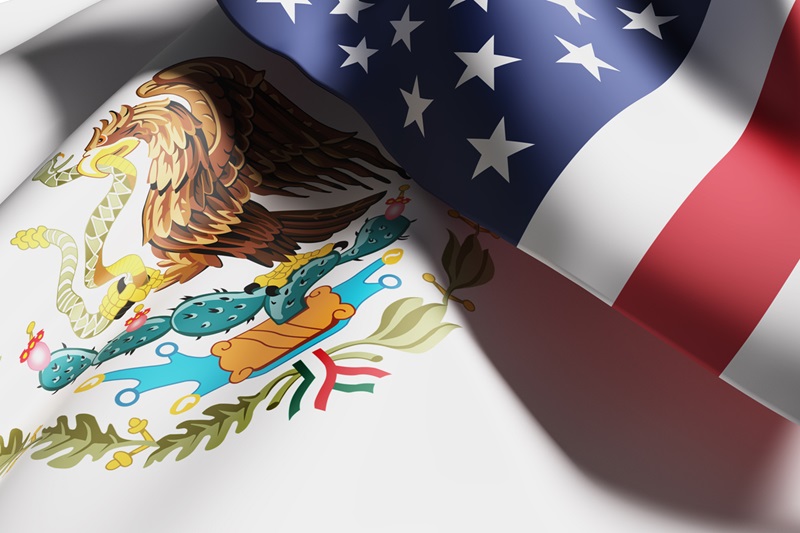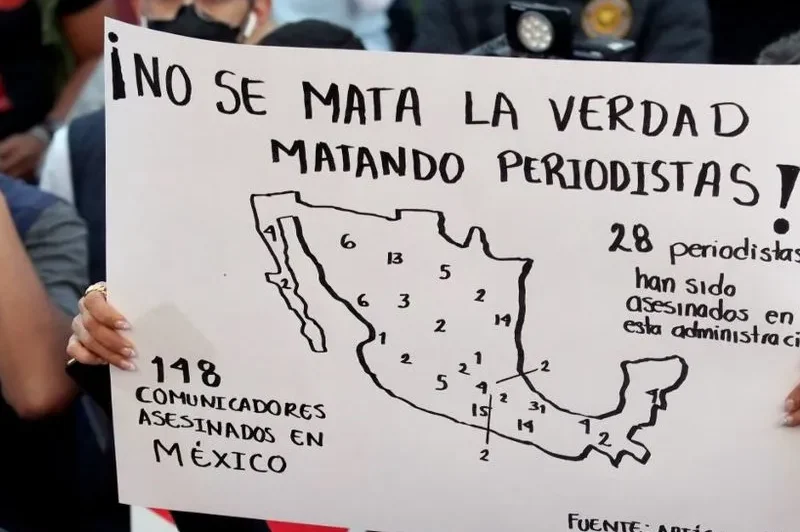Discover the Richness of Mexican Traditions: Celebrations, Culture, and Community
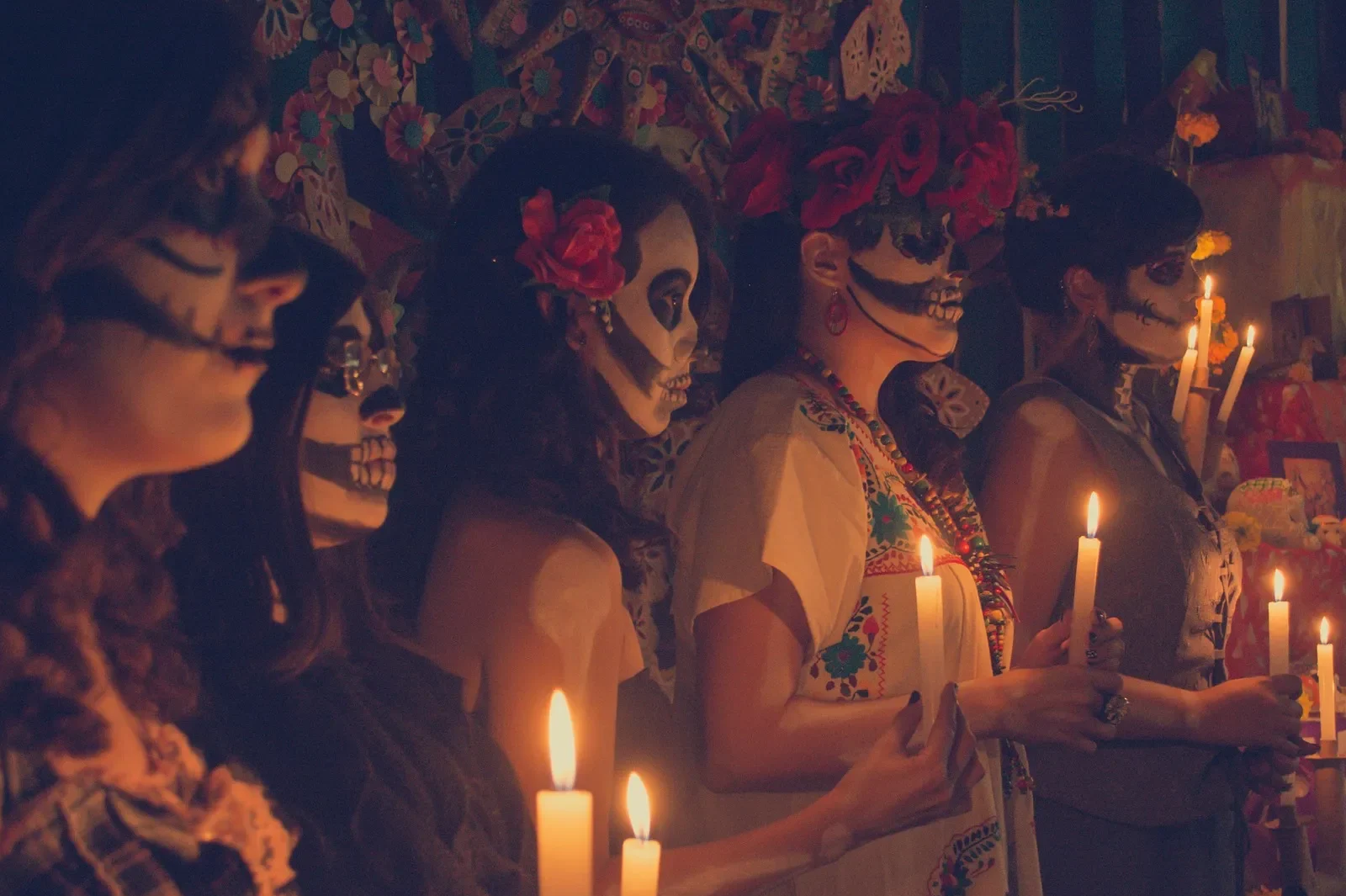
Mexican traditions are so wide and varied, it seems as if we were traveling through a universe of very defined and differentiated options throughout the Mexican geography.
It cannot be denied that beyond its natural beauties, Mexican traditions have a high significance for the region, but also for the world.
Mexico’s cultural legacy has 35 sites declared by the United Nations Educational, Scientific and Cultural Organization as World Heritage Sites, making it the country with the highest number of such declarations in Latin America.
And in the world it is the sixth country with the highest number of cultural heritages of humanity, being only behind Italy, Spain, China, France and Germany.
Mexican traditions are so varied and of great interest that it has 132 magical towns, 84 cathedrals and 196 churches, convents and former convents of historical character.
Mexican traditions are the result of the country’s rich diversity.
But also, geographically, Mexico is the result of the crossing of cultures and as such, it is a favorable territory for intercultural dialogue, creativity and innovation.
One of the most popular traditions in Mexico is the Day of the Dead, which has been taken to the movies in various formats.
During the first days of November, Mexico experiences the celebration of the dead as an ancestral legacy that is passed down from generation to generation.
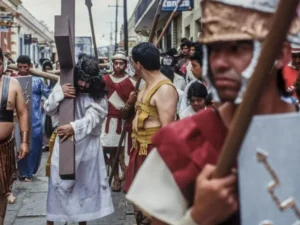
The Day of the Dead Celebration: Another Mexican Tradition
One of the most relevant Mexican traditions is the Day of the Dead; every November 2nd, millions of people worship their loved ones in the afterlife.
The celebration derives from pre-Hispanic times, and assumes the existence of the dead in a parallel world whose existence resides in the memory of the living.
And for one day, every year, they, the deceased, return to the world to be by the side of their loved ones. Therefore, as a Mexican tradition, altars are offered with a variety of offerings.
In this particular, traditional foods arise for these dates that relate the gastronomic with the religious-cultural.
READ MORE: DISCOVER THE BEST BEACHES IN MEXICO: YOUR ULTIMATE GUIDE
The tradition of the Day of the Dead includes decorating the graves with flowers and many times making altars on the tombstones.
On this day, Oaxaca, one of the most culturally rich states, the Day of the Dead celebration is one of the most significant.
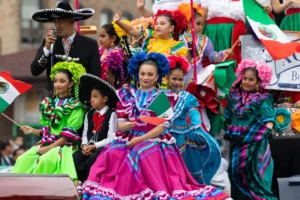
Great celebrations in Mexico
Celebrations in Mexico revive national sentiment, and their impact on society depends on their origin.
Among Mexican traditions there are dates that are impossible to forget, but also, with the passing of time, some historical dates have generated great celebrations in Mexico.
Of course, we have already talked about the celebration of the Day of the Dead, but there are others that have a great social impact.
Among the great celebrations in Mexico we have:
Cinco de Mayo
Cinco de Mayo in Mexico is not only a holiday, it is a day where Mexicans remember the pride of being from that land.
The battle of Puebla is remembered, where they defeated the French on May 5, 1862.
Thus, this celebration is one of the most deeply rooted Mexican traditions, especially in the south of the nation.
Parades of floats and participants dressed in bright traditional costumes can be seen walking the streets.
READ HERE: PLEASANT MEXICO DAILY LIFE
Weeks before and after the main day (April 2 to May 10), the city enjoys festivities with mariachis, tacos and margaritas, as well as dance performances, theater, classical music, pop concerts and funfairs at various venues.
Cinco de Mayo is also celebrated in the United States, although many Americans think it represents Mexican Independence Day.
It will be an ideal day to try the popular mole poblano, something spicy and with a lot of Mexican flavor.
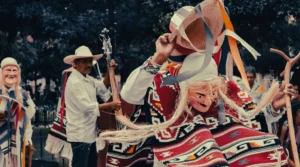
Holy Week in Mexico
Holy Week in Mexico is part of the Mexican traditions, with the Passion and Death of Christ as the most symbolic days.
Processions can be observed in many colonial cities such as Taxco, Guerrero; Queretaro; San Luis Potosi and San Cristobal de las Casas, in Chiapas.
The celebrations are very solemn, as in the Procession of Silence, or where the penitents submit (even in our times) to rude burdens, as a symbol of their self-sacrifice.
Perhaps the most popular representation is the one performed in Iztapalapa, east of Mexico City, but in many parts of the Mexican Republic, as in Tepeji, Hidalgo, it is possible to live this magical experience of tradition, fully religious.
One of the most traditional places to visit during Holy Week is San Miguel de Allende, one of Mexico’s magical towns.
Celebration of the Virgin of Guadalupe
Every December 12, the day of the Virgin of Guadalupe is celebrated and attracts millions of people from all over the world.
It is the largest Marian procession in the world, and is one of the most symbolic acts of faith and devotion of the Catholic Church.
The center of the celebration of the Virgin of Guadalupe is the Basilica of Guadalupe, the second most visited Catholic center in the world, only after St. Peter’s Basilica in Rome.
Due to the exponential growth of the faithful, on October 12, 2011 the Marian Square was inaugurated, designed to receive more than 3,000 pilgrimages that take place annually.
Grito de Dolores and Independence Day in Mexico:
Another Mexican tradition is the Grito de Dolores which marks the beginning of Mexico’s War of Independence.
In his speech, Miguel Hidalgo shouted his ‘vivas’ to the Virgin of Guadalupe, the Catholic Church and independence.
He also exclaimed ‘deaths’ to bad government, injustices and gachupines (Spaniards born in Spain).
September 15 marks the date to remember the beginning of Mexico’s Independence Day celebrations.
In the early morning of September 16, 1810, the priest Miguel Hidalgo y Costilla called for the insurrection of the people through the urgent ringing of the bell of the parish of Dolores, in Guanajuato.
Thus, on September 15 the festivities began to follow the 16th, amidst a fusion of parades, rallies and a national holiday.
From the Zócalo, the president of the nation commemorates the heroes who led the emancipation of our country in the midst of a hullabaloo.
Other Mexican traditions
Other Mexican traditions are the Christmas gatherings, which make this date a time for meetings, parties, reunions, social gatherings, and offer visitors a variety of options.
The Christmas posadas is a very unique event as it is a mixture of the Aztec heritage with the Catholic Christmas tradition.
When the Spaniards arrived in Mexico with their evangelization plans, they realized that the winter solstice celebrations of the Aztecs coincided with the dates of Christmas. And so they managed to mimic both celebrations.
The first posadas were celebrated in the town of San Agustín Acolmán, northwest of Mexico City.
In every corner of Mexico the way of celebrating the posadas varies depending on the city or town you are in, but basically, after the aguinaldo mass, they go out in procession to be received in houses or places with fruits and food.
Another Mexican tradition is the “Folletos de Papantla”, which is the time of a traditional dance recognized by UNESCO that dates back to pre-Hispanic times.
This tradition stems from the so-called dances of pre-Hispanic origin in Papantla (the Dance of the Flyer and the Dance of the Guaguas).
It is commonly performed in Papantla, Veracruz and tourist places such as Puerto Vallarta.




